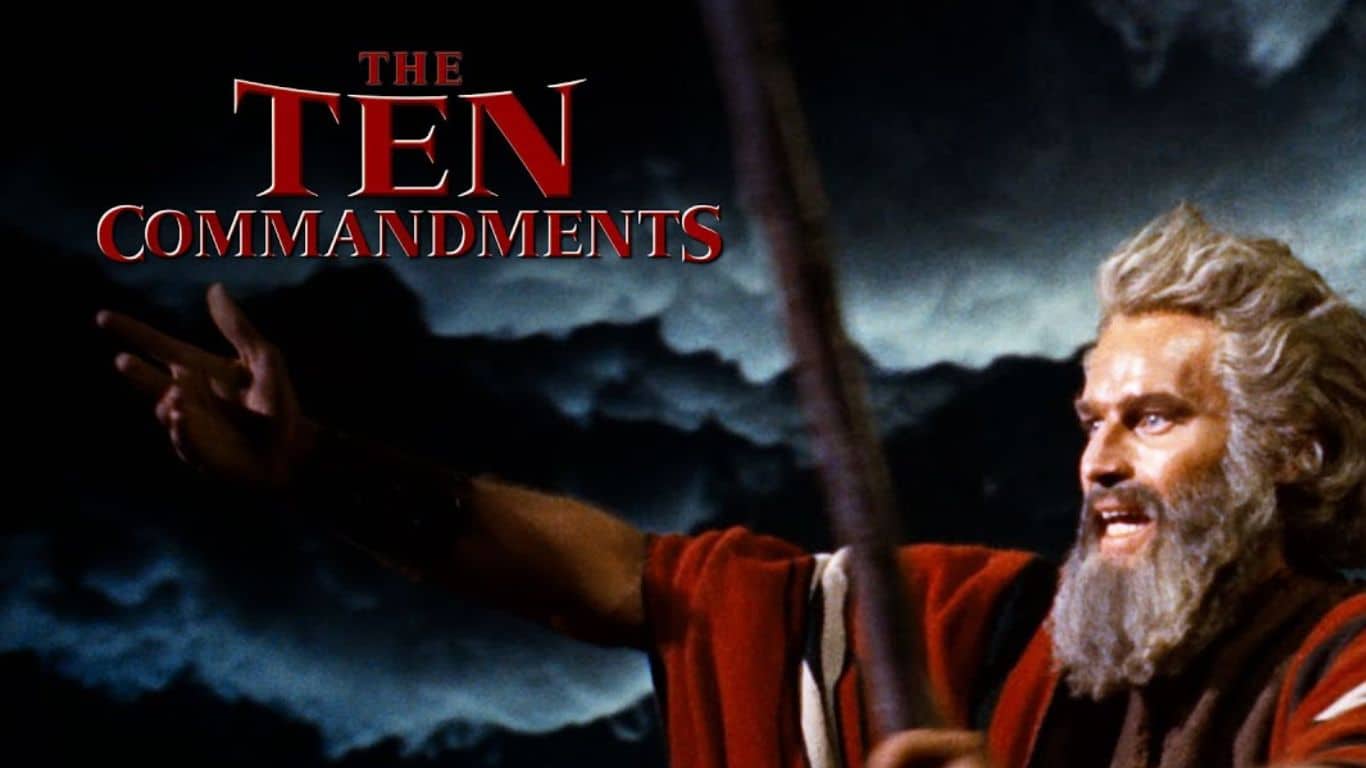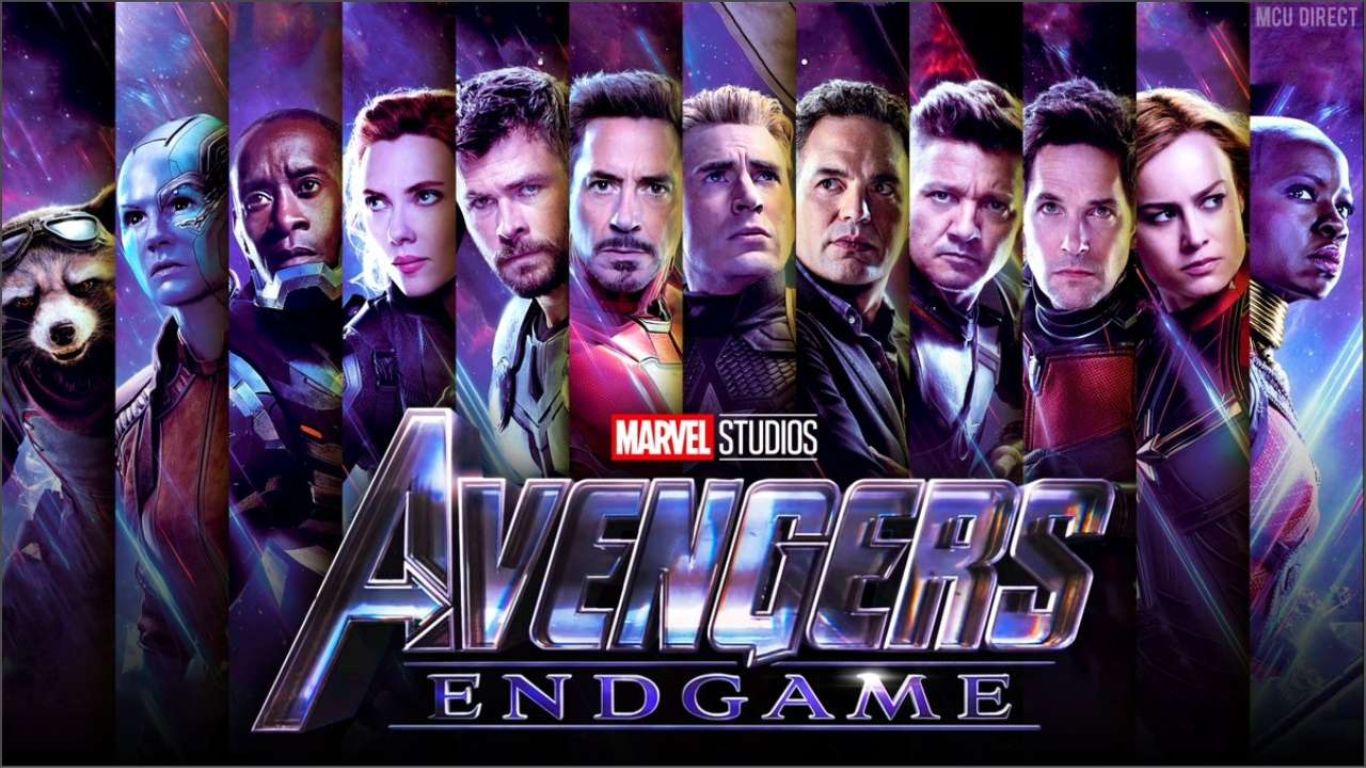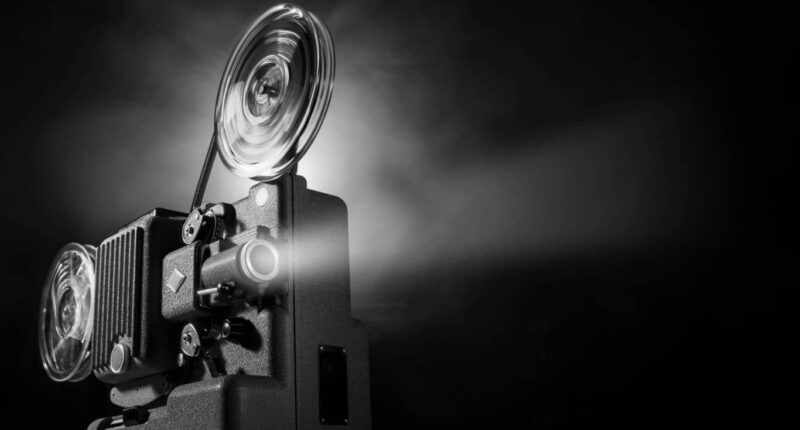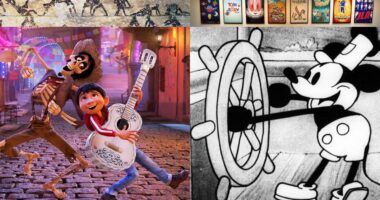Movies have been an integral part of our entertainment culture for over a century, captivating audiences with their unique stories, stunning visuals, and exceptional acting. But while we often focus on the content of a film or television show, the length of the runtime can have a significant impact on our viewing experience. Over the years, the average movie and television show runtime has undergone a fascinating evolution, influenced by factors such as technological advancements, audience preferences, and storytelling styles. From the early days of silent movies to the current era of binge-watching, the history and evolution of movie runtime is a captivating journey through the art of storytelling. In this article, we will explore the fascinating history and evolution of movie runtime, highlighting the most significant changes and what drove them.
The Fascinating History and Evolution of Movie Runtime
Silent Movie Era (1895-1927)

During the silent movie era, which spanned from 1895 to 1927, movies were a relatively new form of entertainment, and filmmakers were still experimenting with the medium. As a result, movies during this era had varying runtimes, with some films lasting only a few minutes and others stretching for over an hour. However, the average runtime of a silent movie was around 60-70 minutes, with many films falling within this range. Some notable exceptions included D.W. Griffith’s epic film “Intolerance” (1916), which boasted a runtime of three hours and explored four parallel storylines throughout history. Despite the limited technology of the time, filmmakers were able to craft compelling stories that captivated audiences, paving the way for the evolution of movie runtime in the years to come.
Golden Age of Hollywood (1927-1960s)

The Golden Age of Hollywood, which spanned from 1927 to the 1960s, marked a significant shift in the history and evolution of movie runtime. The introduction of sound in movies in 1927 not only revolutionized the way movies were made but also brought a change in runtime as well. As a result, the average runtime of movies during this era increased to around 90 minutes, allowing for more complex storylines and character development. Some films during this time, such as the epic romance “Gone with the Wind” (1939) and the biblical epic “The Ten Commandments” (1956), pushed the boundaries of traditional runtimes, exceeding three hours in length. These films were considered groundbreaking achievements in filmmaking, both in terms of their length and the complexity of their stories. Overall, the Golden Age of Hollywood set the stage for the longer runtimes that would become commonplace in the years to come.
New Hollywood Era (late 1960s-1980s)

The New Hollywood era, which lasted from the late 1960s to the 1980s, was marked by a growing trend towards experimentation and innovation in filmmaking. This period saw movies pushing the boundaries of traditional runtimes, with filmmakers willing to take risks with longer and more complex narratives. As a result, movies during this era began to feature longer runtimes than ever before, with some films like “The Godfather” (1972) and “Apocalypse Now” (1979) exceeding 2.5 hours. These films demonstrated that longer runtimes could be used to great effect, allowing filmmakers to explore complex themes and characters in greater detail. Additionally, the rise of the blockbuster during this era led to movies featuring longer runtimes in order to satisfy audiences’ desire for immersive and epic experiences. Overall, the New Hollywood era marked a significant evolution in movie runtime, with longer runtimes becoming more common and accepted by audiences.
Blockbuster Era (1980s-2000s)

The Blockbuster Era, which lasted from the 1980s to the 2000s, saw a significant increase in the average runtime of movies. With the rise of blockbuster movies, studios were willing to invest more in their productions and allow for longer runtimes to satisfy audiences’ desire for epic and immersive experiences. As a result, some of the most successful films of this era, such as “Titanic” (1997) and “The Lord of the Rings” trilogy (2001-2003), had runtimes exceeding 3 hours. These films demonstrated that longer runtimes could be used to create massive, visually stunning worlds and complex narratives with well-developed characters. The Blockbuster Era also marked a shift towards more formulaic storytelling and the rise of sequels, prequels, and spin-offs, which often had longer overall runtimes.
Contemporary Era (2010s-present)

The Contemporary Era, which began in the 2010s and continues to the present day, has seen a significant increase in movie and television show runtimes. With the rise of streaming services and binge-watching culture, audiences have become more willing to invest time in longer narratives. This has led to movies like “Avengers: Endgame” (2019) and “The Irishman” (2019) having runtimes exceeding 3 hours. In the world of television, web series like “Stranger Things” and “Game of Thrones” have had episodes with runtimes exceeding an hour, with some seasons having an overall runtime of over 10 hours. Some streaming services have even experimented with “bingeable” shows, releasing entire seasons of shows with runtimes exceeding 10 hours. This has allowed for more complex and nuanced storytelling, as well as more in-depth character development. However, some critics argue that longer runtimes can lead to pacing issues and a lack of narrative focus. Overall, the Contemporary Era marks a continuation of the trend towards longer runtimes, as audiences continue to demand more immersive and engaging storytelling experiences.
Conclusion
The history and evolution of movie runtime has been a fascinating journey, reflecting changes in technology, audience tastes, and the creative choices of filmmakers. From the brief, experimental films of the silent era to the epic, multi-hour blockbusters of today, movie runtime has undergone significant changes over the years. The rise of streaming services and binge-watching culture has allowed for even longer and more complex narratives, leading to some of the most ambitious and critically acclaimed works in recent memory. However, longer runtimes are not without their challenges, with some films and shows struggling with pacing and narrative focus. Nevertheless, the evolution of movie runtime highlights the power of storytelling, and the willingness of audiences and creators to explore new possibilities and push boundaries. As we look to the future of cinema and television, it will be fascinating to see how movie runtime continues to evolve and adapt to changing times.
Also Read: Top 10 Dinosaur Movies Ever Made



